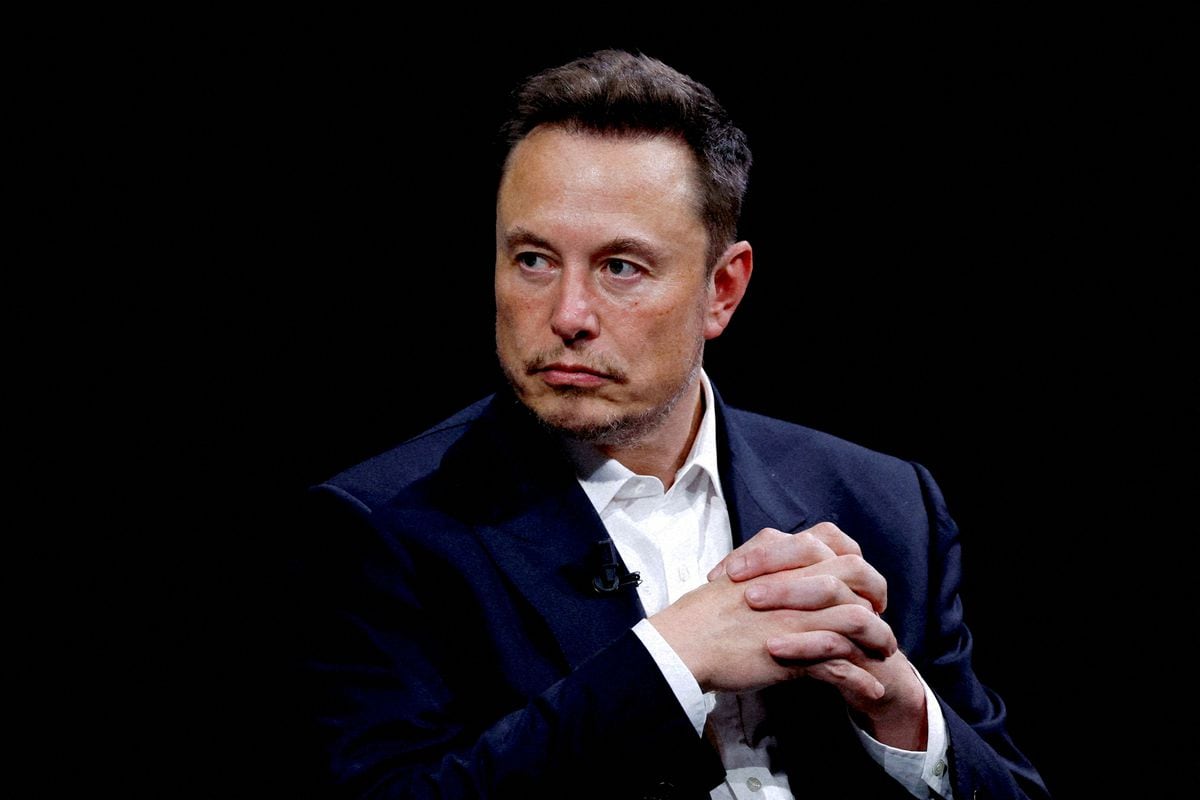Icon: enlarge
The EU wants to significantly reduce emissions from new cars by 2030 - and could pose problems for parts of the industry
Photo: Ingo Wagner / dpa
EU Commission President Ursula von der Leyen has proposed a tightening of the EU climate target: By 2030, emissions should decrease by 55 percent compared to 1990.
The auto industry should also contribute.
According to a previously unpublished paper by the EU Commission, which is available to the "Süddeutsche Zeitung", new cars should emit around 50 percent less CO2 in 2030 than in 2021. A reduction of 37.5 percent was previously planned.
Always stay up to date?
Driving reports, analyzes, current news: you won't miss any articles from the Mobility section of SPIEGEL.
How to enable your notifications Right arrow
Criticism came promptly from the lobby association of German car manufacturers (VDA).
The VDA said before Ursula von der Leyen's speech on the state of the European Union, the VDA said that the "agreed, very ambitious goals" are being adhered to, but "the German auto industry is firmly against any further tightening of goals by 2030".
But what consequences would the much more ambitious goal have for manufacturers?
Only two liters of super per 100 kilometers
Should the stricter requirement from Brussels come in this way, the average CO2 emissions would have to fall significantly - and with it the fuel consumption.
"If we convert the reduction target into grams, that would only be around 45 grams for 2030 instead of 60 grams of CO2 per kilometer," says Peter Fintl from the technology consultancy Altran.
That corresponds to an average consumption of two liters of super per 100 kilometers.
In order to reduce consumption that much, manufacturers will not only need more efficient combustion engines by 2030, but also electric cars - and in large quantities.
In order to achieve the 50 percent target, the proportion of e-cars must be around 45 percent in 2030, explains Julia Poliscanova from the environmental organization Transport and Environment (T&E).
Around two thirds of these will be battery vehicles.
"It can be done," says Poliscanova.
Klaus Schmitz from the Arthur D. Little management consultancy estimates the number of battery vehicles required to be even higher.
"As of today, manufacturers would need a 50 percent share of battery-electric cars in order to achieve this goal," estimates Schmitz.
Reducing CO2 emissions by 50 percent by 2030 is therefore a difficult task for all manufacturers who are not purely electrical producers.
"This challenge is more feasible than it appears to many today," says Schmitz.
The market share of e-cars is increasing rapidly
There are several reasons for this.
The demand for electric cars is growing rapidly and is already significantly exceeding the manufacturers' current delivery capacities.
In the coming years, however, the production of the Stromer will ramp up, Volkswagen alone wants to put a million battery-powered cars on the road by the end of 2023.
"Even according to conservative estimates, e-cars will achieve a market share of 20 percent in 2025 and cost just as much as a comparable gasoline or diesel," says T&E expert Julia Poliscanova.
According to the calculations of the environmental organization, this growth then continues rapidly.
However, this threatens a critical bottleneck: the supply of the necessary battery cells.
If people's mobility needs in 2030 are the same as they are today, a battery capacity of 50 to 70 kilowatt hours per vehicle is assumed, explains technology consultant Fintl.
The significantly higher number of units creates a gigantic demand for batteries.
"In total, that would be two terawatt hours of capacity - seven times what we have today," Fintl calculates.
That sounds like an incredible amount, according to Fintl, but the battery manufacturers are planning to achieve this capacity as early as 2028.
This problem could also be solved.
Loophole plug-in hybrid
At the same time, manufacturers have an alternative to the pure battery car - thanks to a controversial loophole.
"According to the current rules, a plug-in hybrid that drives the entire WLTP cycle electrically is rated with zero grams of CO2," says management consultant Klaus Schmitz.
With a sufficiently large battery - which is, however, still smaller than that of a pure electric vehicle - manufacturers could smuggle numerous plug-in hybrids into their carbon footprint as zero-emission cars thanks to the current test cycles.
And this even though the vehicles have a combustion engine and often consume significantly more in real operation.
According to management consultant Schmitz, however, betting on this would be risky, because the plug-in hybrids are particularly controversial because of their higher real consumption. "The manufacturers will therefore continue to offer plug-in hybrids and battery vehicles," concludes Schmitz.
A stricter reduction target would in principle be feasible for manufacturers.
However, it could further intensify the upheavals in the industry due to the change to e-mobility and the effects of the corona crisis - but not necessarily for the manufacturers themselves. On the supplier side, things look different depending on the financial situation and the orientation of the companies, here there will be many larger ones Get problems, warns management consultant Schmitz: "Generally, the suppliers and their employees would be hit harder by this tightening than the car manufacturers themselves."
Jobs at suppliers are threatened
Because it would create new jobs in battery production, which is taking place more and more often in Europe.
Suppliers who only produce parts for internal combustion engines, however, are facing the end.
"The workers on the engine assembly line will not all switch seamlessly to battery production," warns technology consultant Fintl.
With constant investment, the goal can be achieved without ruining the industry - because reducing CO2 is also securing the location.
It means that manufacturers' future investments are made in Europe instead of in China, according to Fintl.
T&E expert Poliscanova shares this assessment.
Until 2017, for example, the automakers invested mainly in China, and this trend has reversed because they now need electric cars in Europe to meet the CO2 targets.
"So the CO2 reduction helps to prepare the auto industry for the future and to keep jobs in Europe," said Poliscanova.
However, the question remains whether a greater reduction in the fleet limit values is feasible, it must also be implemented.
The European Parliament and the member states would have to agree to stricter climate targets.
As it did in February this year, Germany could resist stricter emissions regulations to protect the local auto industry - but could not find a majority for it.
Because several member states want to say goodbye to the combustion engine, for example France, the Netherlands and Denmark, explains T&E expert Poliscanova.
Green MEP Sven Giegold also believes that it will not be easy for Germany to form a blocking minority in the Council of Ministers.
"Germany," said Giegold, "could end up being pretty isolated."
Icon: The mirror















